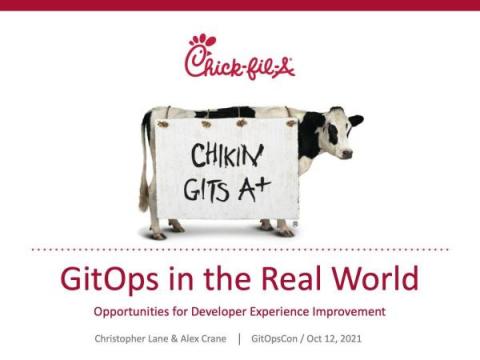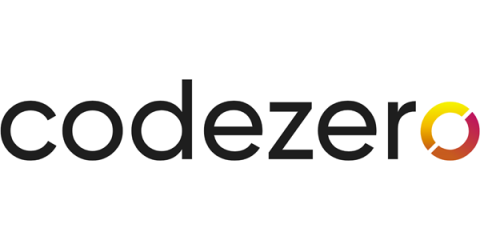The Next Frontier: Container Orchestration
In part 1 of this series on Kubernetes, we discussed how companies like VMware offer the necessary tools to launch, monitor, create and destroy virtual machines. In this post, we review how – much like virtual machines – containers need to be created, monitored, destroyed and relaunched to account for the health of the physical or virtual machines on which they run.











